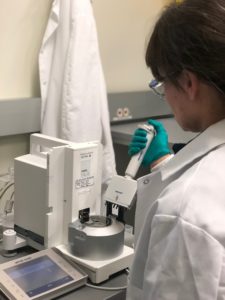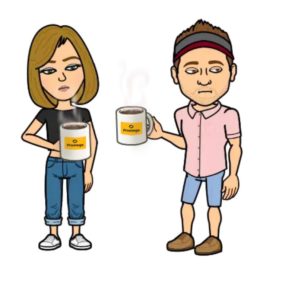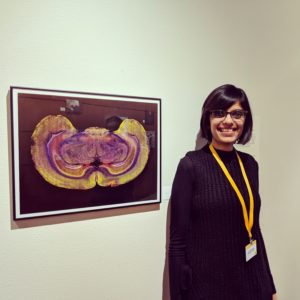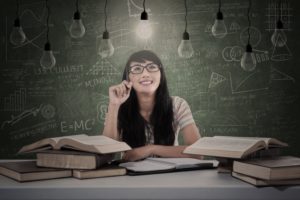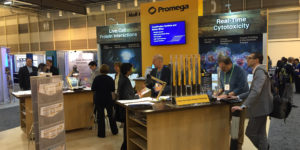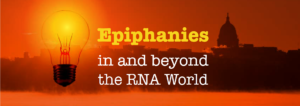Scientific investigation is an iterative process, for which reproducibility is key. Reproducibility, in turn, requires accuracy and precision—particularly in measurement. The unsung superheroes of accuracy and precision in the research lab are the members of your local Metrology Department. According to Promega Senior Metrologist, Keela Sniadach, it’s good when the metrology department remains unsung and behind the scenes because that means everything is working properly.
Holy Pipettes, Scientists! We have a metrology department?! Wait…what’s metrology again?
Metrology (the scientific study of measurement) got its start in France, when it was proposed that an international length standard be based on a natural source. It was from this start that the International System of Units (SI), the modern metric system of measurement, was born.
Metrology even has its own day: May 20, which is the anniversary of the day that the International Bureau of Weights and Measures (BIPM) was created by the Meter Convention in Paris in 1875. The job of BIPM is to ensure worldwide standards of measurement.
For life scientists, metrology centers around making sure the equipment used everyday—from pipettes to heating blocks to centrifuges—is calibrated and measuring correctly.
Continue reading “Meet the Mighty Masked Masters of Measurement”